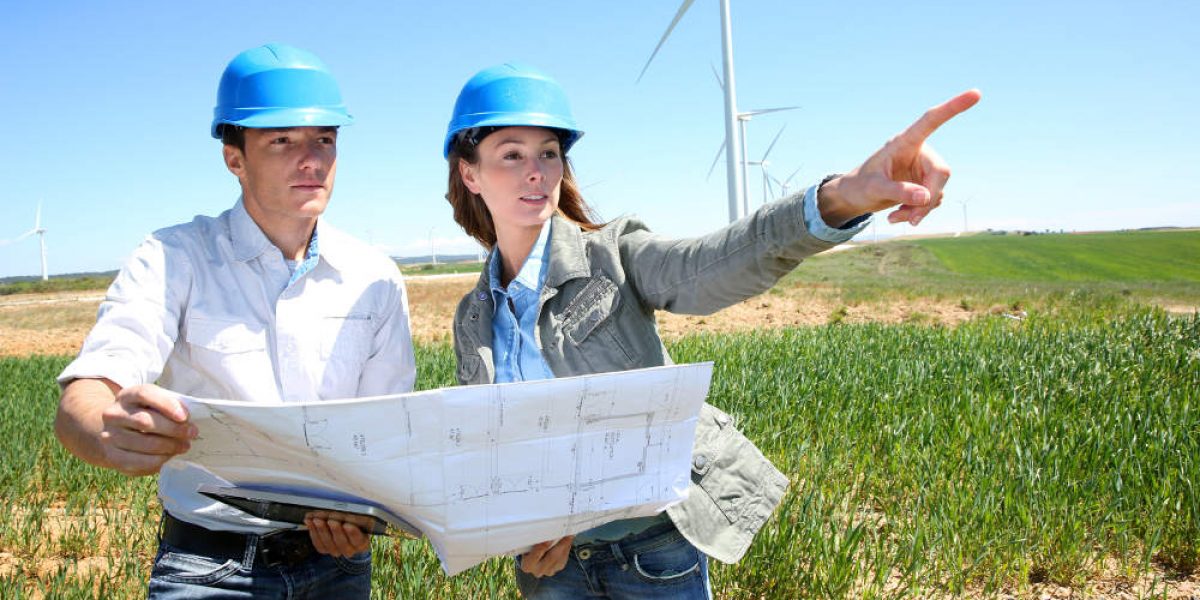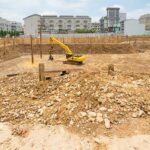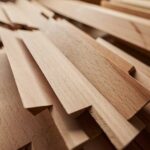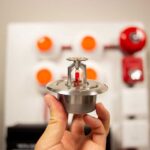Leadership in Energy and Environmental Design, or LEED, is an internationally recognized certification program verifying building design, construction, and maintenance using measurable green building standards.
LEED enrolled projects and communities develop strategies and construction designs delivering the maximum on energy savings, improved water use efficiency, reduced CO2 emissions, and better quality indoor environment while being sensitive to the conservation of resources and the impacts of resource use.
LEED certification began in 1993 when David Gottfied, Mike Italiano, and Rick Fredrizzi established the U.S. Green Building Council (USGBC) with the mission of expanding ecologically sustainable building and construction practices and guidelines.
Currently, hundreds of thousands of square feet are added daily to the list of LEED certified buildings around the world and in the High Desert region of California. LEED certification improves the quality of life in and around a building, contributes to a healthier planet, and can improve the value of the property and significantly reduce energy costs.
The LEED certification program undergoes regular evaluation of its standards and the availability of new sustainable building materials and methods and makes changes in its guidelines reflecting current best practices. LEED also offers options and alternative solutions for projects with unusual or unique situations, allowing for flexibility of design.
Getting LEED Certification in the High Desert
LEED certification is used on all types of building projects including residential and commercial. LEED guidelines cover all aspects of buildings lifespan from design to operation to later remodeling and retrofit.
The LEED rating system uses points in five areas:
- Sustainability of building site,
- Water use efficiency,
- Energy use and atmospheric emissions,
- Building material choice,
- Indoor environmental quality.
Points are awarded in each of these areas, and final certification is awarded at four levels: Certified, Silver, Gold, and Platinum.
Contact Murphy Construction to find out more about LEED certification for your residential or commercial High Desert building project.








